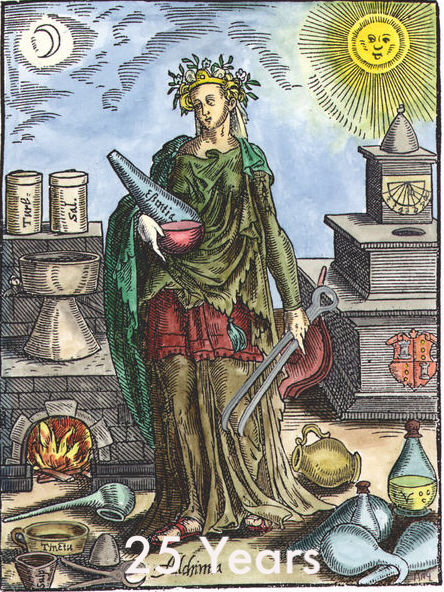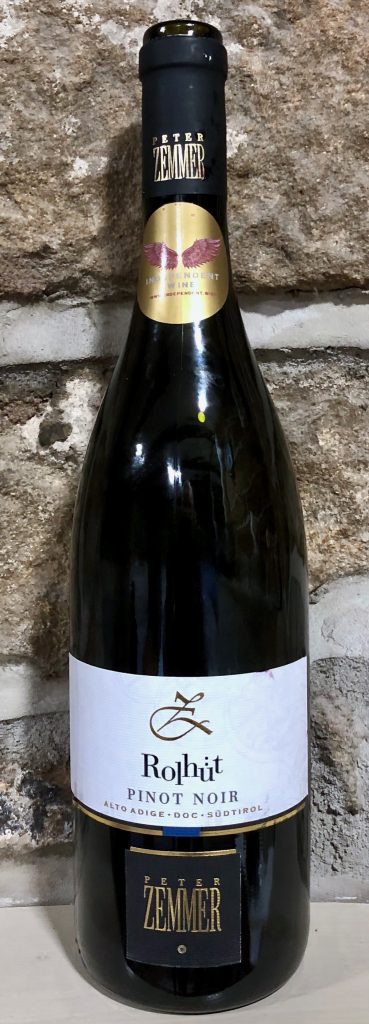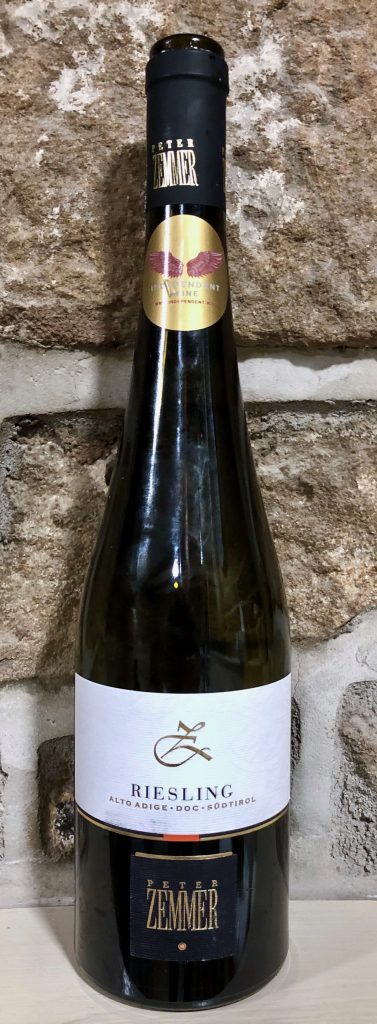Peter Zemmer Riesling and Pinot Noir
A recent Wine Alchemy article introduced Weingut Peter Zemmer from the Alto Adige (Südtirol) region of Italy. It featured his “cru” Pinot Grigio Riserva called Giatl. Rather than reprise that piece here, suffice to say that the Peter Zemmer operation is a family-owned winery in the south of the region, at Cortina ssdv. As is typical in these parts, Zemmer’s wine range is extensive; there are nineteen wines. Having admired Giatl, one of the top wines, here are two more of his 100% varietal wines, one white and one red. Both are from world-famous varieties, yet ones that are not widespread in Italy. A warm welcome then to Riesling and Pinot Noir.
The Alto Adige
The Alto Adige (Südtirol) is Italy’s northernmost region and distinctive in geography, language, and culture. This region has long been a principal source of orchard fruits, especially apples. There’s also a wide range of grape varieties, including indigenous Italian grapes. However, the so-called international varieties hold sway here, though no single example is dominant.
Many of these grapes came to the region in the early to mid-nineteenth century, when it was still part of the Austro-Hungarian empire. The resulting wines had natural markets in Austria and Germany, and these remain vital to this day.
Riesling and Pinot Noir
There is little argument that Pinot Noir and Riesling are two of the world’s most outstanding grapes and need only a short introduction. Both have cool-climate origins, a long and illustrious history, and are responsible for truly spectacular wines. In addition, both grapes are capable of expressing minute and subtle differences in terroir.
However, there are relatively few places in Italy where these grapes shine. These include the Oltrepò Pavese region of Lombardy for Pinot Noir and the Langhe in Piemonte for Riesling. Meanwhile, Alto Adige is a consistent source of high-quality examples.
Pinot Noir
In the Alto Adige, you might see Pinot Noir called Pinot Nero, Blauburgunder or Spätburgunder. It’s the third most planted black grape in the Alto Adige, but that’s still only 470 hectares, some 8.6% of the vineyard total. The best conditions here for Pinot Noir begin at a higher altitude, on mountain slopes with calcareous soils. It also seems to thrive when the vineyard is in the shade for part of the day.
Peter Zemmer, Rolhüt, DOC Alto Adige Pinot Noir, 2019. 13%
Zemmer’s Pinot Noir is near Cortina ssdv, grown higher, at 450 metres altitude on a spectacular limestone site (see picture above). While it will keep for five or more years, this wine is best while young and exuberant. Yields are kept low, and after harvest, the grapes are destemmed before fermentation so as not to add unnecessary extra tannins. 70% goes into large old French old barrels for maturation. In comparison, the other 30% sleeps in older French oak barriques. Thus, they add complexity and texture to the finished wine without adding wood flavours. In this 2019 vintage, the amount of maturation time is less, preserving a lighter and fresher vintage character.
As expected with Pinot Noir, it’s a light shade of ruby red. Aromatics are typical, being a mix of cherry and raspberry, with a bit of Rose. It’s a well-balanced, elegant wine with a seam of loganberry and mulberry fruit, silky texture, and refreshing acidity in the glass. The wine finishes cleanly, with some spice notes at the end.
This refreshing Pinot Noir makes a delightful companion to lighter meat dishes. For example, Rolhüt accompanied pork spare ribs and Vegetable Farro Salad. This unusual salad has an ancient form of low-gluten wheat known as Emmer. It’s thought that this grain was brought to Italy from Ancient Egypt by the Romans. As luck would have it, this was a genuinely felicitous combination of wine and food!
In short, this is a food-friendly and stylish Pinot Noir best drunk young. There’s an average of 30,000 bottles each year.
Riesling
The Riesling found in the Alto Adige is the genuine Rhine Riesling, also known in Italy as Riesling Renano. It’s said to be of higher quality than the more abundant Riesling Italico, which may share a name but isn’t genetically related to Rhine Riesling. All the Riesling in Alto Adige is Riesling Renano, but there are just 87 hectares of it, some 1.6% of the total area under vine. It might be an international grape, but this amount qualifies it as a rarity in these parts!
The Riesling style made here is always dry, with little/no residual sugar. Also, while it’s aromatic, it rarely shows those “hydrocarbon” aromas (petrol, kerosene, diesel) typical of German Examples. Riesling fans may admire those aromas, but they can be offputting for some. Hence, all these attributes make Riesling from the Südtirol more approachable and versatile.
Peter Zemmer, DOC Alto Adige Riesling, 2019. 13%
If anything, Zemmer’s Riesling is even livelier than the Pinot Noir. The Riesling comes from near the Zemmer winery in Cortina ssdv, but this time from the valley floor, at around 250 metres altitude, on calcareous morainic soils. Yields are low, with stainless steel for fermentation and maturation. Bottling is with a DIAM cork.
Pale greenish-yellow in colour, there’s plenty of welcoming lemon, lime, apple and elderflower aromas. The wine is bone-dry and invigorating, where the tension of fresh acidity releases subtle apple, peach and apricot flavours. There’s a racy finish to round things off. While this wine will probably develop further in the bottle, there’s no need to wait.
On average, there are 15,000 bottles per year of this gastronomic wine. This example washed down a bowl of spelt pasta leavened with speck, pine nuts, buffalo mozzarella, savoy cabbage and extra-virgin olive oil. That’s a winning combo!
And finally
Both these exciting and food-friendly wines are well worth seeking out. Zemmer’s careful winegrowing ensures that these examples offer a lot of bang for your buck. If you are unfamiliar with the wines from the Alto Adige, these two make an excellent place to start!
UK Stockist
The Pinot Noir is £18.90 at Wine Boutique , while in Italy the Riesling is around €12.00.
Location map
Cantine / Weingut Peter Zemmer
Via del Vino, 24
39040 Cortina Sulla Strada del Vino
(Kurtinig an der Weinstraße)
Alto Adige (Südtirol)
Italy
*Thanks to the Consorzio, Vini Alto Adige, for the latest statistics
Discover more wines from this region at Cantina Tramin.



